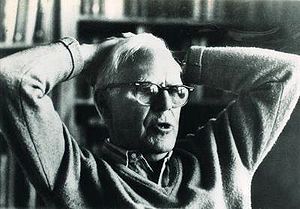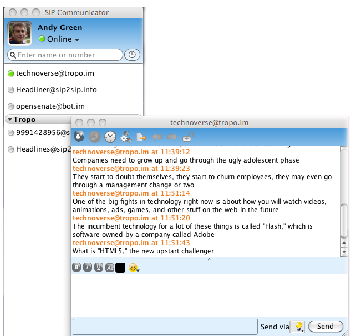I had allocated a small slice of my attention span to keeping tabs on the TechCrunch Disrupt startup battlefield earlier this week. I was wowed by UJAM, and thought they would surely come away with first place.
The judges instead chose Soluto, a company that sells “anti-frustration” software for Windows owners.
Curiousity got the better of me, and I downloaded Soluto onto my aging Dell Dimension Tower to see what got the judges excited.
Disclosure: I recently purchased an Apple MacBook Pro because my long standing aggravation with Windows had reached a breaking point. I had made a vow to not spend another dollar on upgrading my Microsoft-Dell productivity killer.
Soluto is a slickly designed utility that analyzes your bootup sequence— I had initially 47 apps in mine—and visually explains what processes are needed and what can be removed.
Bottom line: After letting Soluto tame my unruly Windows bootup, I’m willing to spend more quality time with Windows XP.Continue reading






